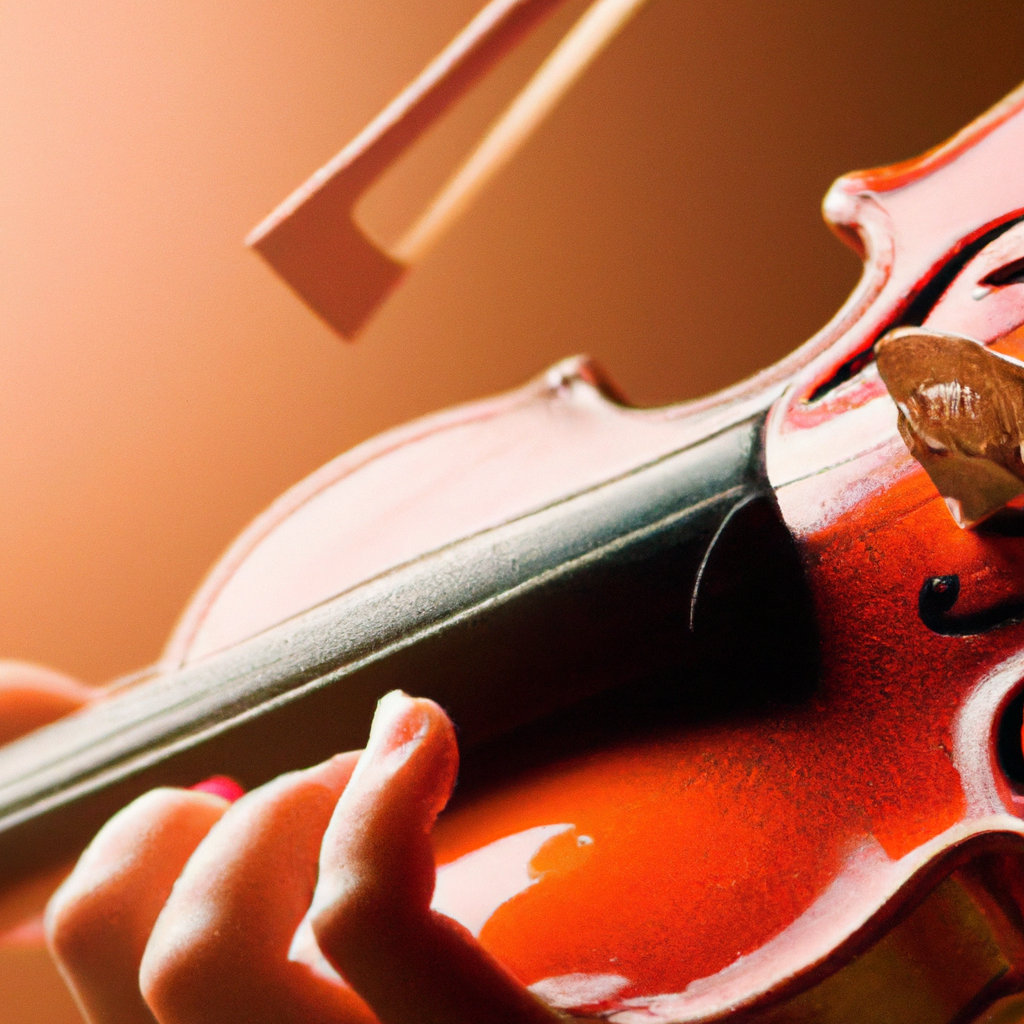
The violin is a beautiful and versatile instrument that has captivated musicians and audiences for centuries. As a beginner, it is important to learn and master the essential techniques that will form the foundation of your violin playing journey. In this article, we will explore the key techniques and skills that every beginner violinist should focus on.

The violin is a string instrument that is played with a bow. It is known for its unique sound and ability to evoke emotions. Whether you aspire to play classical, folk, or contemporary music, learning the essential techniques of the violin will allow you to express yourself and fully enjoy the instrument.

Learning the essential techniques as a beginner is crucial for building a strong foundation. These techniques will not only improve your playing skills but also help prevent bad habits that may hinder your progress in the long run.
Before delving into the techniques, it is important to familiarize yourself with the different components of the violin. The scroll, neck, fingerboard, and tailpiece are some of the main parts that make up the instrument. Understanding how each part contributes to the sound production and overall functionality of the violin will enhance your appreciation and handling of the instrument.
Additionally, proper handling and care for the violin are essential to maintain its longevity and playability. Regular cleaning, tuning, and proper storage are necessary to keep the violin in optimal condition.
Correct posture and positioning are fundamental when holding the violin. This ensures comfort, stability, and freedom of movement while playing. The violin should rest on your left collarbone, with your left hand supporting the neck and your right hand holding the bow.
If applicable, the chinrest and shoulder rest should be properly positioned to provide added support and comfort. Experimenting with different chinrest and shoulder rest options will help you find the most suitable setup for your body and playing style.
The bow is a crucial part of violin playing, and proper grip and hand positioning are essential for producing a good sound. The thumb and fingers should be positioned correctly on the bow to allow for control and flexibility.
Furthermore, maintaining a relaxed and flexible wrist is important for achieving smooth bowing and fluid motion. Tension in the wrist can negatively affect your playing and lead to fatigue or injury.
Placing the bow on the strings in the right manner is key to producing a beautiful sound. The bow should be held perpendicular to the strings, with the hairs of the bow in contact with the strings. Finding the right balance of pressure and speed is crucial for achieving different dynamics and tonal qualities.
Experimenting with different bowing techniques and exploring the full range of the bow will allow you to create a variety of expressive effects and nuances in your playing.
There are two fundamental bowing techniques known as up-bow and down-bow strokes. Mastering these techniques will enable you to play smoothly and seamlessly across the strings.
Additionally, understanding and utilizing different parts of the bow, such as the frog, middle, and tip, can create diverse sound colors and effects. Learning how to control the bow with precision and accuracy is an important skill that will enhance your overall violin playing.
Proper finger positioning on the fingerboard is essential for playing the correct notes and producing clear and accurate intonation. Each finger should be placed on the appropriate spot, with the fingertips pressing the string down firmly.
As you progress, you will learn to play on individual strings and shift positions to access different notes and octaves. Understanding and practicing left-hand techniques will greatly expand your repertoire and musical possibilities.
Warm-up exercises are crucial for developing finger strength, flexibility, and dexterity. These exercises help improve finger coordination and accuracy, which are essential for playing intricate melodies and fast passages.
Practicing scales and arpeggios in different keys is another effective way to refine finger coordination and develop a deep understanding of the fingerboard. Regular finger exercises will improve your overall technique and lay the groundwork for more advanced violin playing.
Sheet music is the written language of music, and learning to read it is essential for any musician. Understanding musical notation and symbols will enable you to interpret and perform compositions accurately.
Key signatures and time signatures are important concepts to grasp as they dictate the tonality and rhythm of a piece. Practice sight-reading exercises regularly to strengthen your reading skills and become more comfortable with different musical styles.
Learning the basics of music theory will enhance your overall understanding and interpretation of music. Note values and rhythms provide a framework for playing in time and conveying the intended musical expression.
Understanding dynamics (volume) and articulations (phrasing) will allow you to add depth and emotion to your playing. Developing a solid foundation in music theory will enrich your musicality and enable you to communicate effectively through your violin playing.
Consistency and discipline are key when it comes to practicing the violin. Establishing a regular practice routine will help you progress steadily and build a strong technical foundation.
Incorporating a variety of exercises, such as scales, etudes, and specialized techniques, will target specific areas of your playing for improvement. Balancing technical exercises with repertoire pieces will keep your practice sessions engaging and enjoyable.
While self-learning is possible with online resources and books, seeking guidance from a qualified violin teacher is highly recommended. A teacher can provide personalized instruction, correct any technical flaws, and offer valuable advice and feedback.
Participating in group lessons or joining ensembles can also provide additional support and opportunities for performance. Interacting with other violinists and musicians will broaden your musical horizons and inspire you to grow as a player.
Learning to play the violin as a beginner is an exciting journey filled with challenges and rewards. By focusing on the essential techniques outlined in this article, you will lay a solid foundation for your violin playing and set yourself up for continued growth and musical exploration.
A1. The time it takes to become proficient varies for each individual, but consistent practice and dedication are key factors in progress.
A2. While shoulder rests are not mandatory, they can provide comfort and stability, especially for beginners. It is recommended to try different options and see what works best for you.
A3. While self-learning is possible with resources such as online tutorials or books, having a teacher can greatly accelerate your progress and ensure proper technique and guidance.